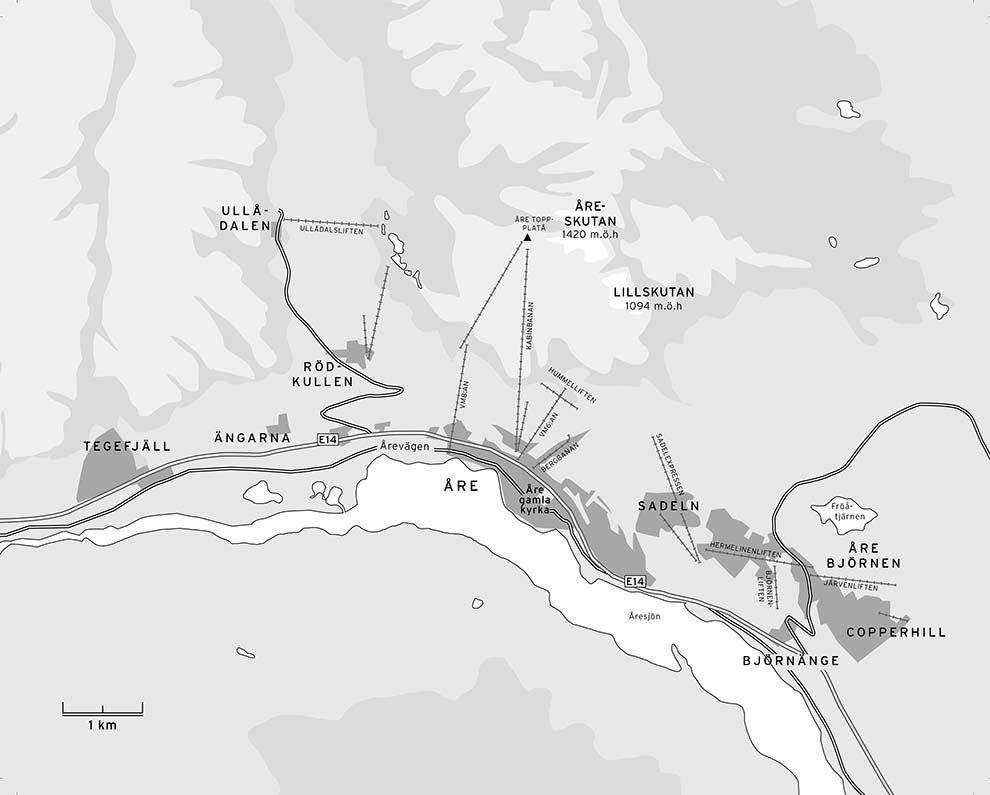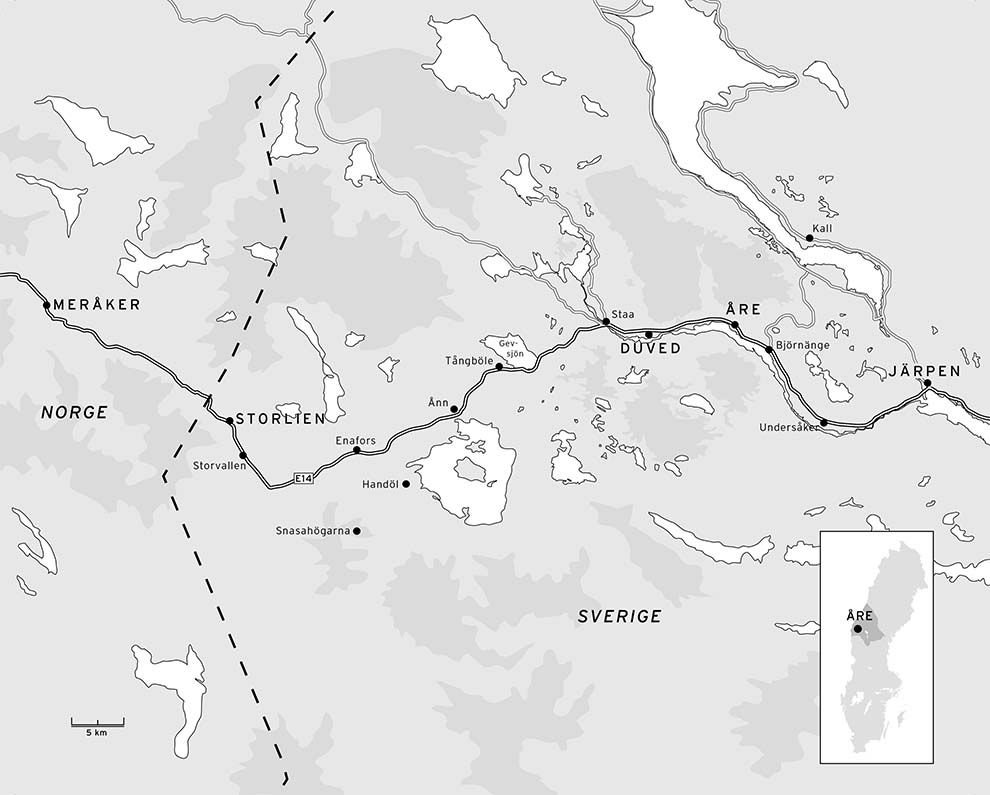
Åre
Åre is best known for its slopes and the metropolitan pulse that pumps during the winter season. But Åre's history as a tourist destination is nothing new. As early as the 12th century, thousands of pilgrims from all over Europe stopped in the village during their walk to St. Olav's tomb in Nidaros, present-day Trondheim.
Årefjällen as a destination for long-distance tourists emerged during the latter part of the 19th century. Åre then began to transform from a farming village into an international tourist destination. Before that, the valley was characterized by agriculture combined with hunting and fishing. Åre old church dates to the early 13th century.
Firstly, it was the high and clean air that attracted the early guests, often called "air guests". Hunting and fishing also played an important role, as showed by the hunting villas built from around 1880-1915, such as Skalstugan and Rensjösätern. From the beginning, it was summer tourism that was greatest and until the beginning of the 1970s Åre was visited by as many people during the summer as in the winter.
The entire history of Åre can be followed at Åre Museum in Bergbanan's mountain station, which is always open when the Bergbanan runs.


Bild: Anna Torsteinsrud


